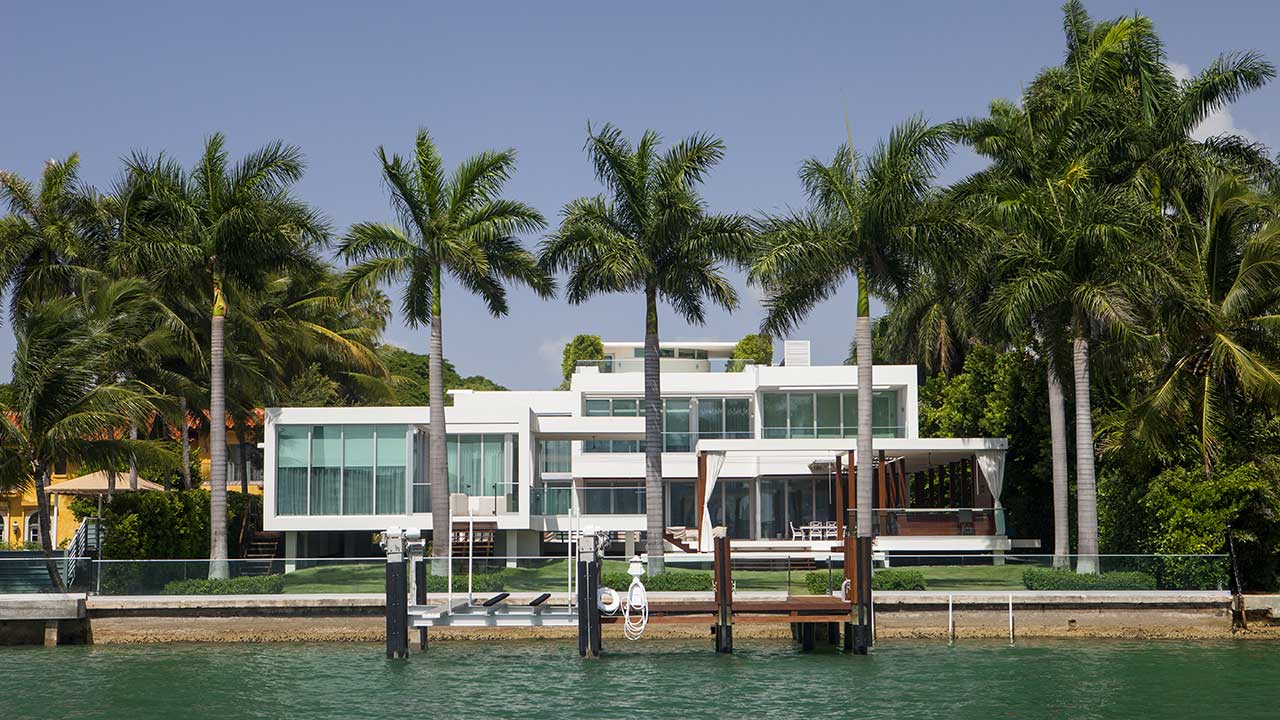Negative equity is starting to creep higher in some of America’s pandemic housing boomtowns, as sharp price corrections in parts of Florida and Texas push a growing share of homeowners underwater.
Figures from ICE Mortgage Technology show that, nationally, just 1% of outstanding U.S. homeowner mortgages were worth less than their outstanding balance at the end of April 2025. That is a fraction of the 23% recorded during the depths of the 2009 housing crash, according to CoreLogic/FirstAmerica data.
The small national number masks localised trouble spots. In Cape Coral, Florida, 7.8% of mortgages are now underwater, while in Austin — where prices have dropped 23% from their May 2022 peak — the figure stands at 4.2%. Other markets with elevated rates include Lakeland, Florida (4.4%), San Antonio (4.3%), and North Port, Florida (3.8%).
These markets saw some of the steepest run-ups in prices during the Pandemic Housing Boom, followed by double-digit declines when the market cooled in mid-2022. Punta Gorda, Florida, for example, is down 18.6% from its peak.
Analysts say the relatively low national level of negative equity is due to several factors:
• Near-record national prices: While some local markets have fallen, national single-family prices remain close to all-time highs.
• Low-rate amortisation: Over half of mortgage holders still have rates below 4%, accelerating principal paydown and building equity.
• Few peak buyers: Only a small fraction of homeowners in correction markets bought at the absolute top in 2022.
Even in the hardest-hit areas, the situation is far from the crisis levels of the Great Financial Crisis, when 68% of Nevada mortgages, 48% in Arizona, and 45% in Florida were underwater.
The current issue is concentrated among borrowers from the 2022 to 2024 vintages, with earlier buyers largely insulated from falling into negative equity. In Austin, for example, just 1.5% of 2021 borrowers are underwater despite the steep price drop.
If prices in parts of the Southwest, Southeast and West continue to slide, the share of recent buyers underwater will likely rise. However, ICE’s data suggests it would take a far more severe downturn to approach the negative equity depths of 2009–2010.





